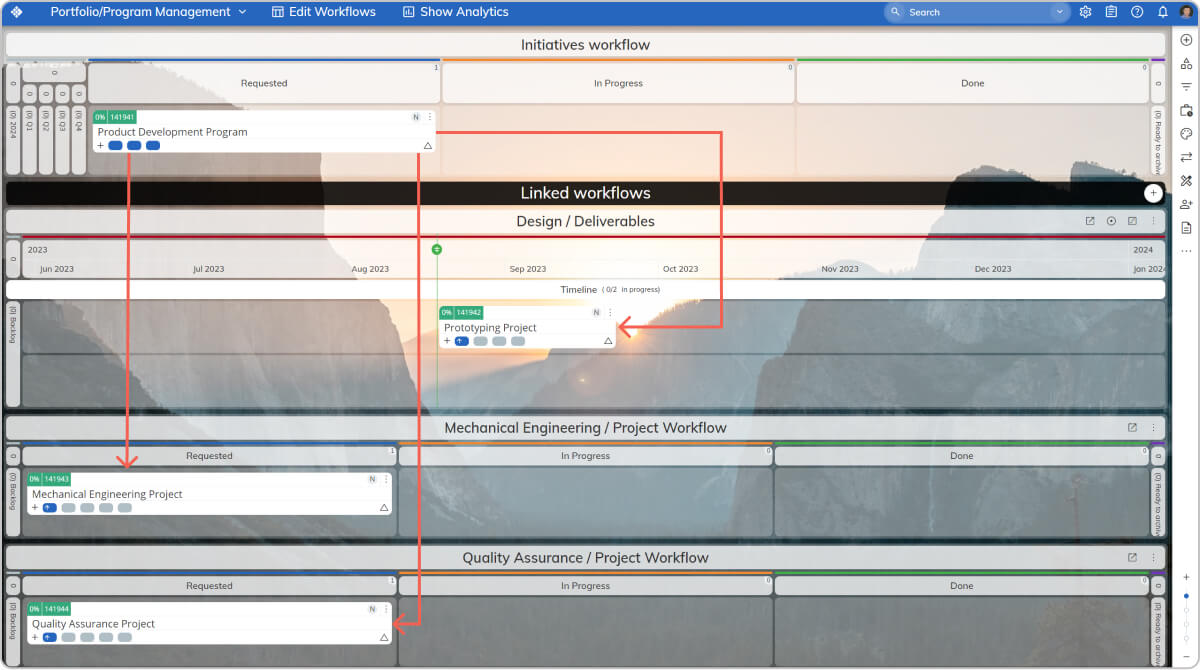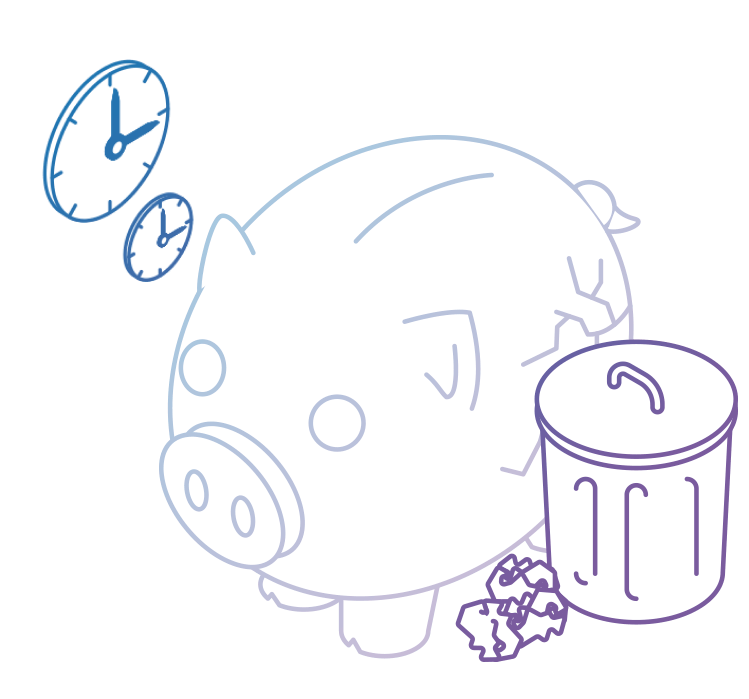Key Takeaways
-
What is Muri? Muri means overburden in Japanese. It's one of the three core Lean wastes, along with Muda and Mura.
-
What causes Muri? Common causes include unrealistic deadlines, inadequate training, poor communication, and a lack of the right tools.
-
How to limit Muri: You can reduce Muri using workflow visualization, WIP limits, standardized processes, and tools like Kanban, Gemba walks, and Jidoka.
-
Why it matters: Tackling Muri builds healthier teams, improves quality, and enables sustainable growth.
What Is Muri in Lean?
Muri refers to overburdening, asking people or systems to do more than they reasonably can. This leads to stress, burnout, quality issues, and decreased productivity. Muri is a Japanese term meaning "overburden or unreasonable" and it's one of the three types of waste (Muda, Mura, Muri) and a key concept in the Toyota Production System.
Think of it like a soccer match: if only a few star players carry the entire game, they'll eventually burn out. The same happens in business when workloads aren't shared or managed correctly.
What Causes Muri in Workflows?
Muri often creeps in without warning. Some of the common root causes include:
-
Over-demanding expectations: Managers often assume that increasing the workload will automatically increase output. For example, assigning a designer twice as many images as they can realistically handle may result in rushed, lower-quality work.
-
Lack of training: Team members assigned tasks without the proper skills may take much longer or produce subpar results. Imagine a copywriter being tasked with designing visuals - they may get it done, but not as efficiently as a trained designer.
-
Poor communication: When information doesn't flow smoothly, people get caught off guard. For instance, if a designer learns about a major campaign only one day before launch due to a missed meeting note, the pressure to catch up creates Muri.
-
Inadequate tools or equipment: Old or substandard tools slow teams down and create frustration. Picture a developer using outdated hardware while their teammates enjoy faster machines - the imbalance increases their time and effort per task.
All of these reduce morale and damage long-term performance.
What Tools Help Identify and Eliminate Muri?
You can't eliminate overburden without seeing it clearly first. Lean offers tools and techniques to make that possible:
-
Kanban boards: Visualize work, stages, and individual workloads.
-
WIP limits: Prevent too much work-in-progress from piling up.
-
Cumulative Flow Diagrams: Spot bottlenecks and uneven flow patterns.
-
Work Standardization: Eliminate errors and inefficiencies.
-
Jidoka: Empower anyone to stop work if an issue arises.
-
Gemba Walks: Leaders "go and see" how work is really happening, firsthand.
These tools help you pinpoint where overburden hides and take action early.
How Kanban Boards and WIP Limits Help Eliminate Overburden
One of the most effective ways to reduce Muri in your workflow is by using a Kanban board to visualize work stages and manage team capacity.
1. Visualize the Workflow
Map your process on a Kanban board - from "To Do" to "Done." This makes workload distribution and bottlenecks easy to spot.
2. Apply WIP Limits
Set limits on how many tasks can be in progress at each stage. This prevents overload, encourages focus, and creates a smooth, pull-based flow of work.
3. Use Portfolio Kanban for Teams
When multiple teams are involved, use Portfolio Kanban to connect their boards and apply global WIP limits. This prevents overloading downstream teams and balances work across departments.
Instead of pushing more tasks into the system, teams pull work when they have capacity - ensuring sustainable delivery without burning out the team.
By combining visualization with WIP limits, Kanban creates a healthier, more predictable workflow and keeps Muri in check.
 Using a portfolio board to visualize and connect a program to team projects
Using a portfolio board to visualize and connect a program to team projects
How to Standardize Work to Avoid Overburden
Standardization reduces confusion, errors, and inefficiencies. Here's how to do it:
-
Document processes: Write clear steps for recurring tasks.
-
Train consistently: Ensure everyone has the skills and knowledge to follow the standard.
-
Communicate expectations: Use daily standups or shared dashboards.
-
Review and improve: Standards should evolve with learning, not stay rigid.
When everyone knows what "good work" looks like, they can stay aligned and avoid unnecessary rework or pressure.
Lean Software Solutions to Track and Prevent Muri
Using digital Lean management software can help you:
- Track team capacity and workload in real time
- Set and manage WIP limits across multiple teams
- Visualize dependencies to avoid overload handoffs
- Monitor flow metrics to support proactive planning
Tools like Businessmap connect the big picture with day-to-day execution so you can see and manage overburden at every level.
Reducing Muri Is Key for Long-Term Success
Muri silently chips away at your team's effectiveness. Reducing it isn't just about working less - it's about working smarter. When teams operate within sustainable limits, they deliver more consistent results, collaborate better, experience less burnout, and constantly improve.
Sustainable growth starts with respecting people's capacity. Lean gives you the tools - and the mindset - to make that happen.
Businessmap is the most flexible software
to align work with company goals





 Using a portfolio board to visualize and connect a program to team projects
Using a portfolio board to visualize and connect a program to team projects


